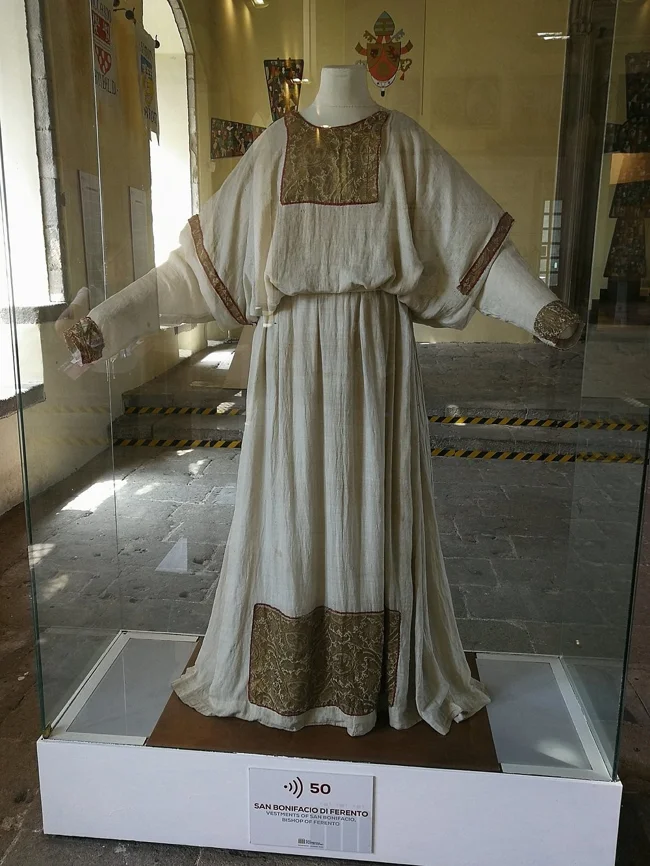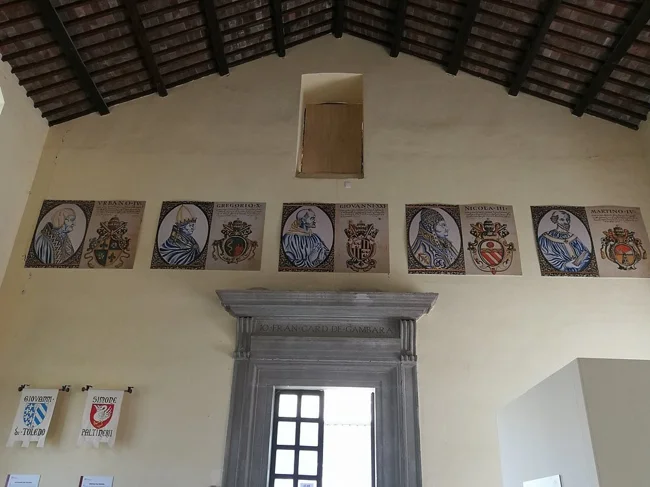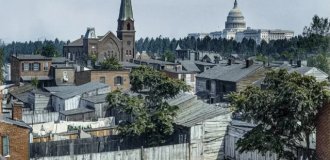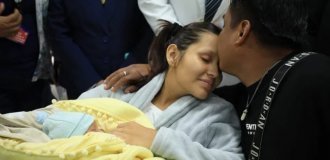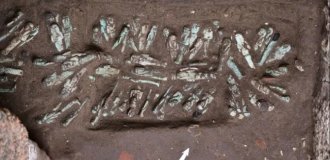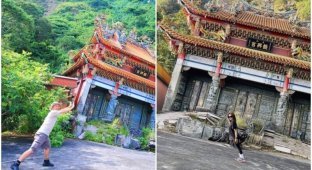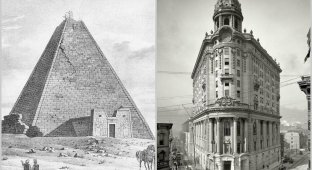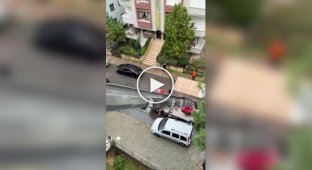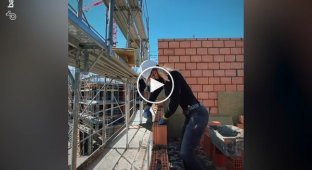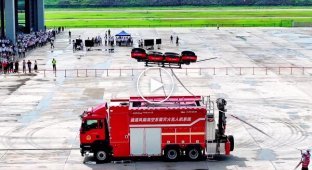Open-air prisoners: the story of how people in the Middle Ages couldn't choose a father for three years (11 photos + 1 video)
The Papal Palace in Viterbo, Italy, is the scene of a unique event in the history of the Church. 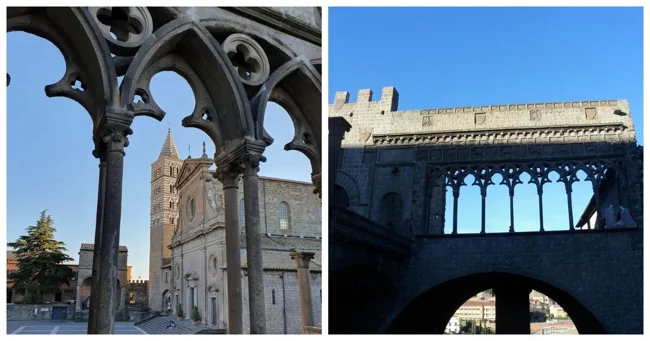
The longest papal election in history took place in its Conclave Hall, lasting two years and nine months. 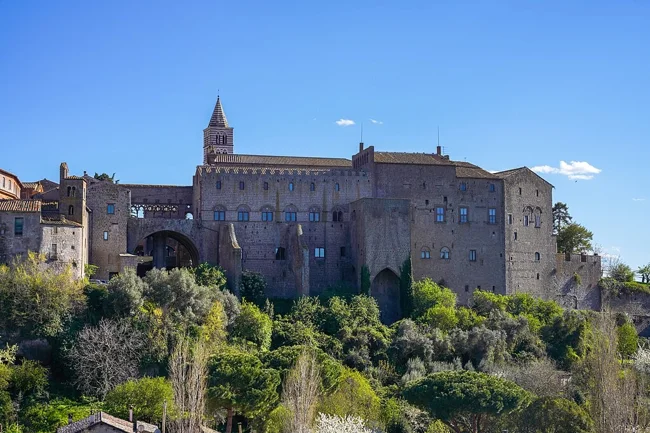
Papal Palace in Viterbo
After the death of Clement IV in 1268, twenty cardinals were unable to reach an agreement due to the feud between the Italian and French factions. 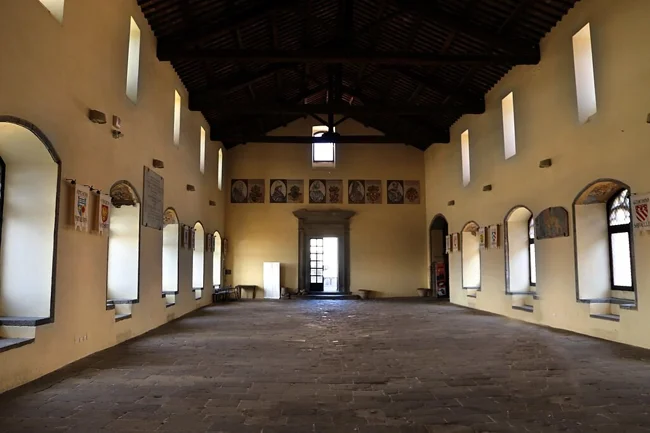
Conclave Hall
The citizens' patience snapped after a year of fruitless meetings. City Captain Ranieri Gatti ordered the cardinals locked in the palace, part of the roof removed, leaving them exposed to the rain and sun, and a meager diet of bread and water. 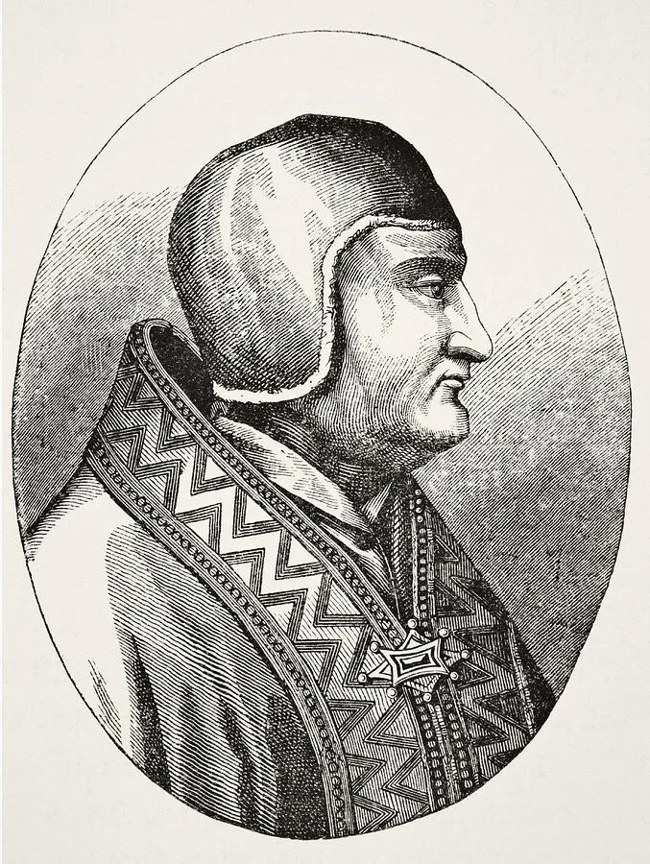
Clement IV
Despite these harsh measures, the resistance of the stubborn elders continued for another year and a half. 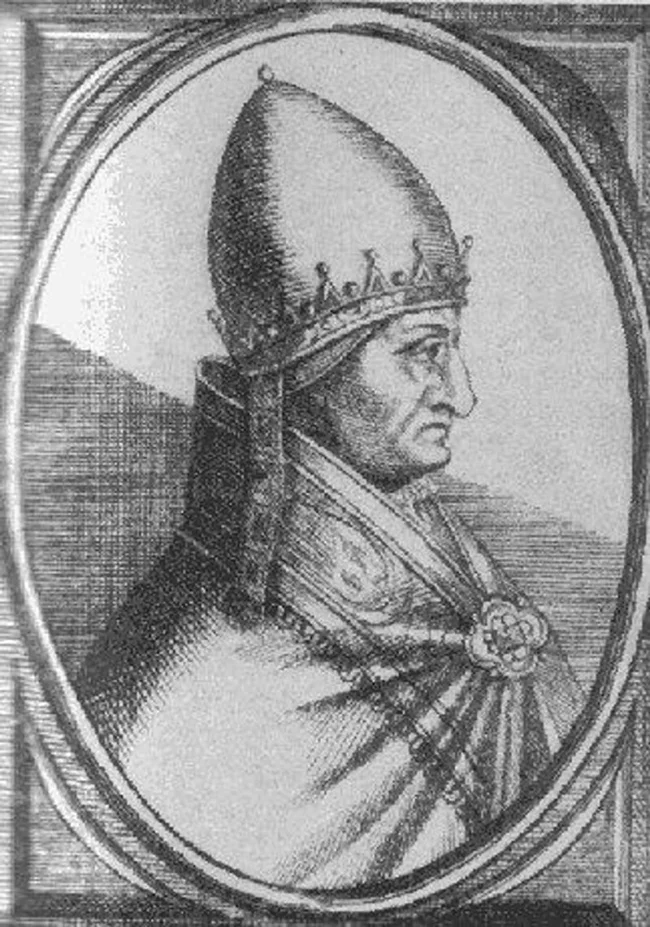
Gregory X
Ultimately, the cardinals formed a committee that chose a compromise figure—Teobaldo Visconti, who was at the time on crusade in Palestine. He was urgently summoned and became Pope Gregory X. 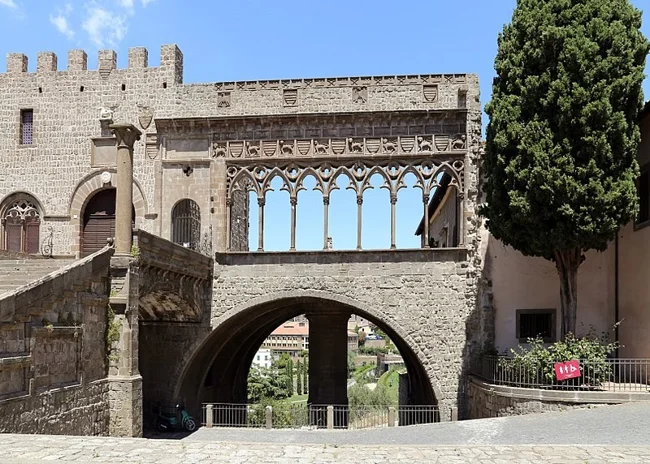
The palace loggia from Piazza San Lorenzo
To prevent similar protracted elections in the future, the new pope instituted strict conclave rules, including the isolation of cardinals and increasingly stringent conditions of detention with each voting day. These rules, although abrogated at times, eventually formed the basis for the modern election procedure, which now takes place in the Vatican's Sistine Chapel. 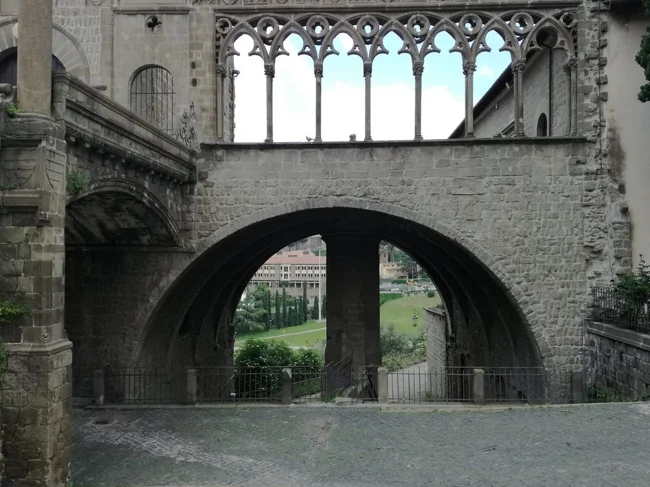
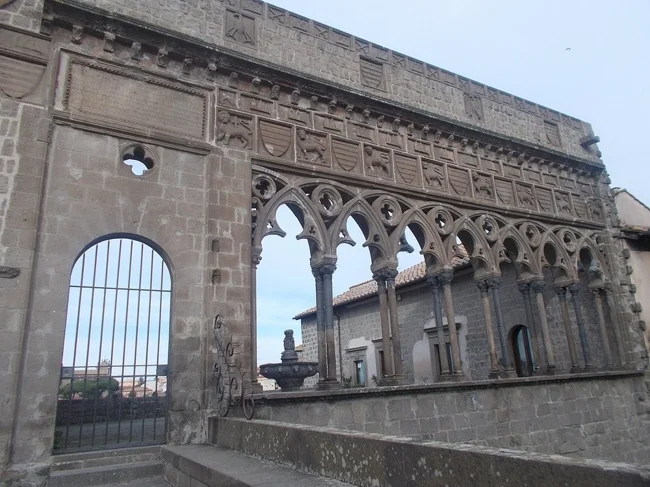
[thumb]https://cn22.nevsedoma.com.ua/p/29/2911/150_files/bce65f04b ac0efed9d1f501105ea8f84.webp[/thumb] 